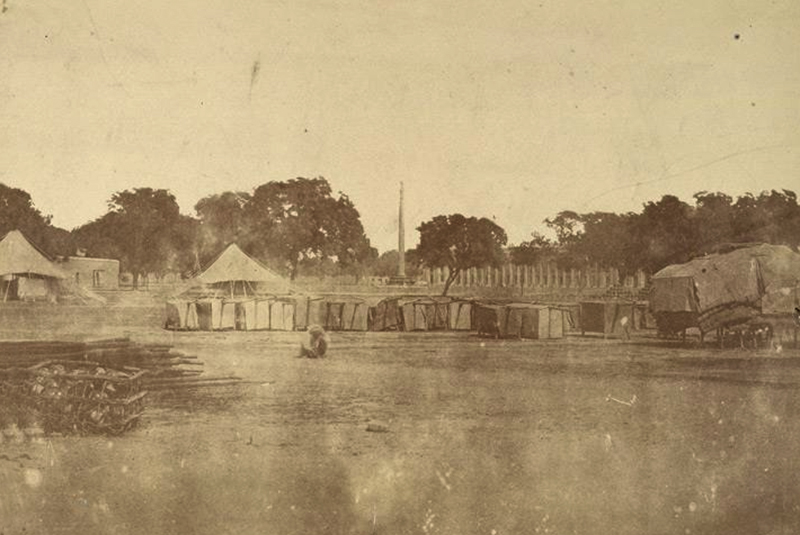Prayagraj, also known as Allahabad, is in the news yet again. Not for Anand Bhawan, the ancestral home of the Nehrus, or for Alfred Park, where Chandra Shekhar Azad took his own life when cornered by the British police, or its fabled university, once termed the ‘Oxford of the East’- but for other petty reasons relating to its old and new names and their antiquity. And amidst this din, a vital artefact stands tall in the corner of the city, a mute and silent spectator to over 2000 years of history.
The Ashokan Pillar, located in the Allahabad Fort, has much cultural and historical import. Dating back to 240 BCE, the twenty-seventh year of Ashoka’s reign (268 BCE-231 BCE), the Pillar carries six out of the seven edicts, encapsulating the emperor’s concepts on the nature of Dhamma, instructions to his rajukas (administrators), diktats against the killing of certain animals (parrots, ducks, geese, deer, etc.) and his yearning for happiness in the world. Interestingly, it also contains a diktat against the burning down of forests ‘without any good reason’—probably, the world’s first environmental law?
Written in the Brahmi script in the Prakrit language, the edicts offer many insights into the nature of society, monarchy and governance. By 240 BCE, Ashoka had entered his Buddhist phase. The Kalinga War (262 BCE) had transformed his thinking, and since then, he had begun to govern very differently from the earlier years. The inscriptions, as a result, speak not of conquest, victory or personal greatness, but happiness, welfare and kindness.
Copyright©Madras Courier, All Rights Reserved. You may share using our article tools. Please don't cut articles from madrascourier.com and redistribute by email, post to the web, mobile phone or social media.Please send in your feed back and comments to [email protected]











